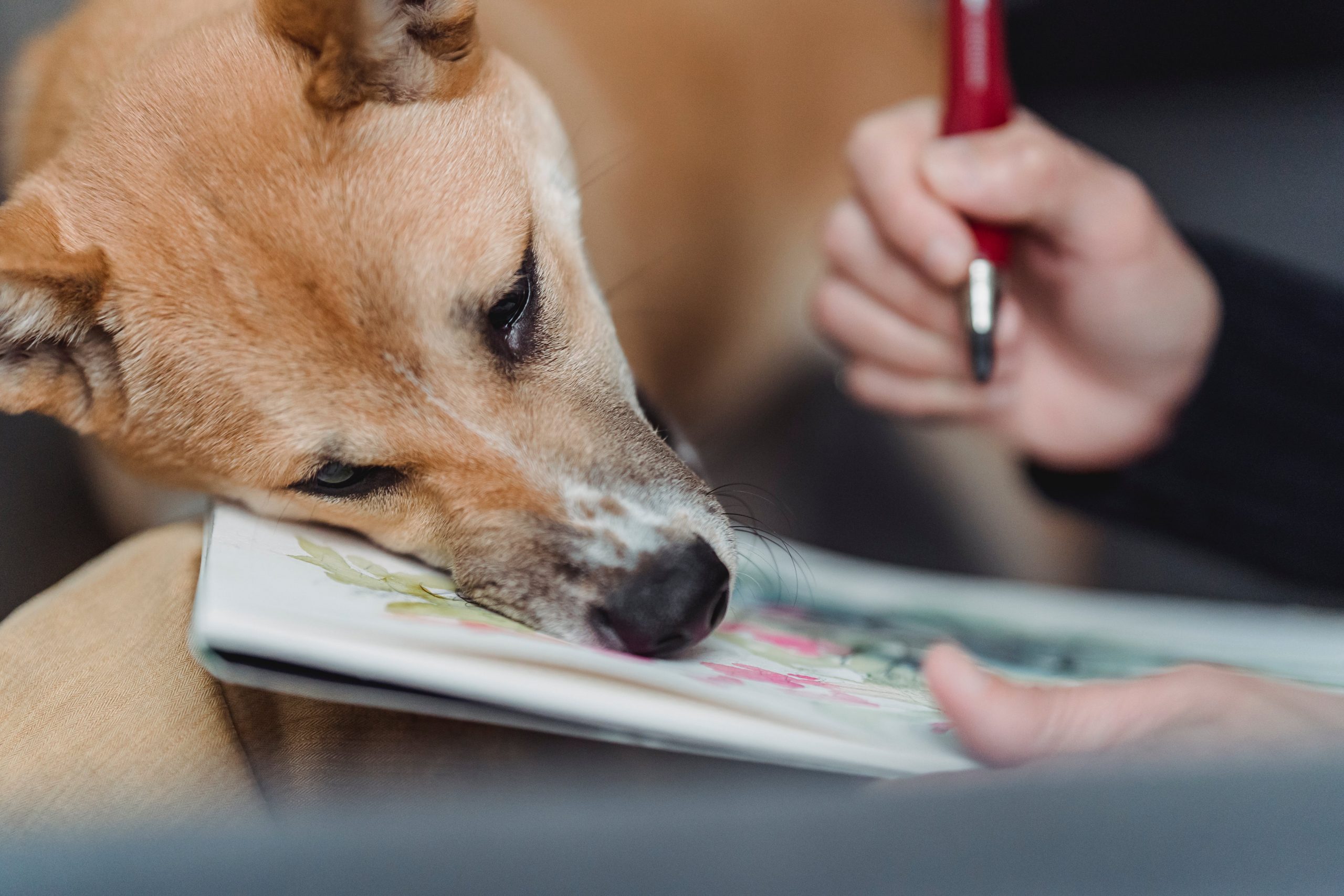Dogs are adept at non-verbal communication, using their body language to express a wide range of emotions and intentions, especially affection toward their owners and fellow canine friends. Unlike humans, who rely primarily on verbal communication, dogs express their emotions through physical signals and behaviors which, if interpreted correctly, result in understanding and bonding between the dog and its owner. There may be a considerable increase. Recognizing these signs of affection is important for developing a strong and empathetic bond with your pet, ensuring their emotional needs are met, and strengthening mutual love and respect. This article will explore six key ways that dogs use their body language to transmit affection, providing insight into the subtle but profound ways our canine companions show their love.
1. Wagging the tail
Tail wagging is one of the most recognizable signs of dog affection. However, it is the manner of wagging the tail that conveys the message. A relaxed, wagging tail that appears to wag the entire body indicates genuine happiness and a friendly disposition toward the person or animal in their presence. This type of tail wagging, often accompanied by other signs of affection, such as relaxed posture and excited movements, shows that the dog is expressing happiness and love.
2. licking
Licking is rooted in dogs’ puppyhood when their mothers would lick them for grooming and affection. When a dog licks its owner, it is often an extension of this behavior, which shows love and care. This is the dog’s way of showing affection and seeking closeness, as licking releases endorphins that provide comfort and pleasure to the dog and the person being licked.
3. Leaning against you
A dog leaning towards its owner is a symbol of trust and comfort. This indicates that dogs view their owner as a source of security and affection, often seeking physical closeness to show their love. This behavior may also be the dog’s way of asking for attention and affection, which strengthens the bond between dog and owner.
4. Bringing toys
When a dog brings a toy to its owner, it’s not just an invitation to play – it’s also a sign of affection. Sharing toys can be seen as a way of giving the dog gifts that bring them joy and excitement. This behavior displays trust and a willingness to share happiness with its owner, highlighting the dog’s affectionate nature.
5. Eye contact
A dog sleeping close to its owner, whether at their feet, next to them, or even on their bed, symbolizes deep affection and trust. This behavior indicates that the dog feels safest and most content when close to its owner, valuing their presence as a source of comfort and security.
6. Sleeping at your place
A dog prefers to sleep close to its owner, whether it’s at their feet, next to them, or even on their bed, it’s a sign of deep affection and trust. This behavior indicates that the dog feels safest and most content when they are near their owner, valuing their presence as a source of comfort and security.
Dogs communicate affection through a variety of body language signals, from tail wagging and licking to leaning against you and fetching toys. Understanding and responding to these signs of love strengthens the bond between dogs and their owners and ensures a harmonious and emotionally fulfilling relationship. By recognizing and appreciating these expressions of affection, owners can deepen their connection with their canine companions, fostering an environment of mutual love and respect.

